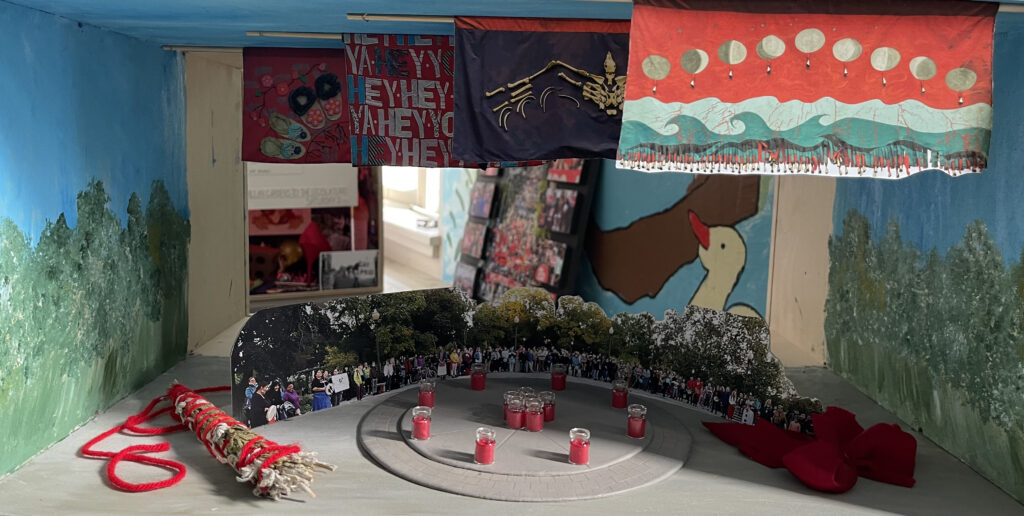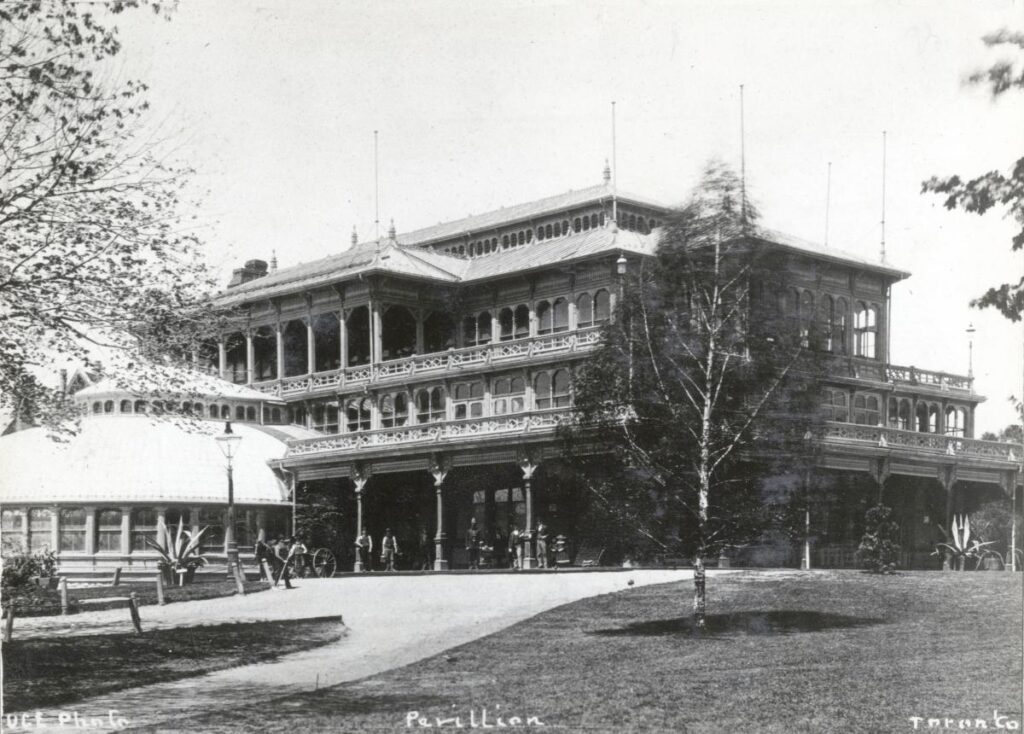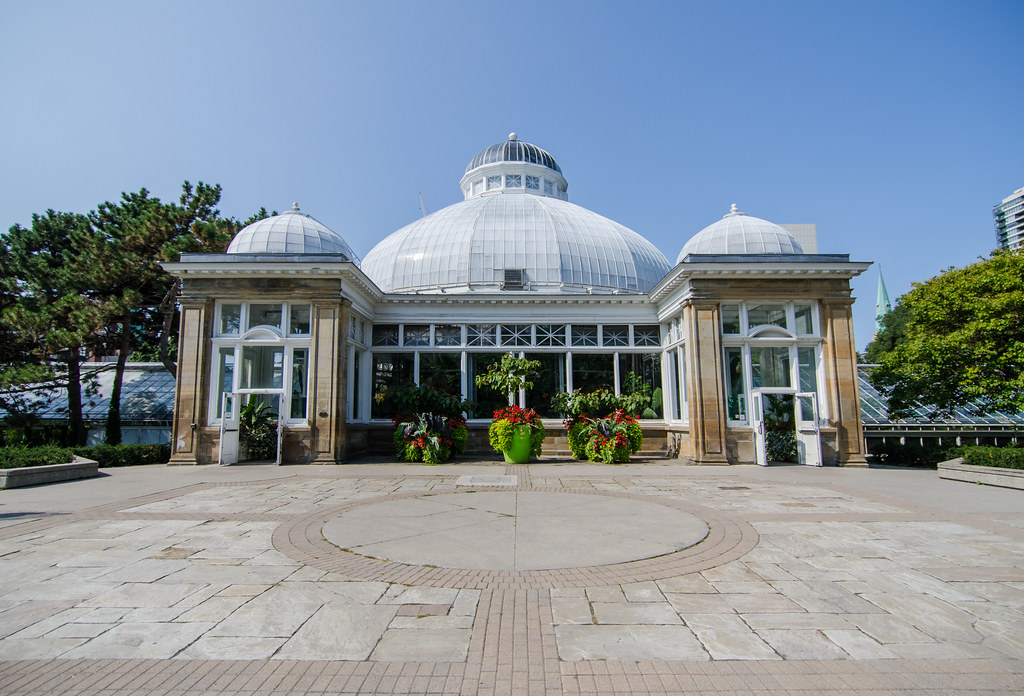“Parks are always sort of an afterthought in the city, that’s why there’s so little green space downtown,” said Shawn Micallef, a journalist and instructor at the University of Toronto known for his passion for the city. “So Allan Gardens represents a sort of ‘cityness’, like a proper city amenity that Toronto often overlooks.”
From September 22-25, the inaugural People, Power, and the Park festival will be coming to the Allan Gardens, one of the oldest public parks in the city.
Visitors will be able to participate in walking tours, view art installations and projections, listen to music and poetry readings, and learn about the history of the gardens. There will also be vendor booths featuring the works of local artisans, as well as activities for children like scavenger hunts.
Rina Fraticelli, director of strategic initiatives at Toronto Metropolitan University’s (TMU) office of social innovation is organizing the festival in conjunction with St. Luke’s United Church and Friends of Allan Gardens, a volunteer-based organization working to lead the revitalization of the park.
TMU students from the architectural science department created installations for the event, which will feature key political moments in the garden’s history, like the G20 protests, the establishment of the National Council of Women of Canada, the yearly Trans March, and various Indigenous demonstrations.

“Each of the individual displays kind of tells us a little bit about how much life there is and has been around the park,” said Fraticelli, “how much energy, activity, and diversity have taken place there. One of the hopes that we have is that the installations might find a place on campus, maybe just around Lake Devo.”
The land was donated by George William Allan in 1858 to the Toronto Horticultural Society. The city acquired the land in increments between 1864 and 1888.
A three-story pavilion used to stand in the park, but it was ravaged and destroyed by a fire in 1902. It was replaced by a new glass conservatory building called the Palm House, which still stands today.

“It’s adjacent to all sorts of communities that were historically marginalized or are marginalized. And the park is the closest open space for that sort of thing,” said Micallef.
“Protesting can be a little more ad hoc and grassroots in a park like Allan Gardens because the area around it has kind of fell out of fashion and become less wealthy. It’s sort of off the radar of the establishment. So it allows for protests and other subcultures to kind of turn it into their own.”
Micallef believes that the significance of the Allan Gardens lies in its preservation, citing the existence of trees as old as the city itself.

“Parks, especially when as old as Allan Gardens, can feel like a constant in a changing city. And it’s because it’s been so constant as a park that it’s been able to touch so many different generations in history.”
Fraticelli hopes to host more events under the Imagine the Park initiative.
“It’s a way for [TMU] to become much more engaged with its local communities and to kind of narrow or dissolve the walls between the community and the neighbourhood.”
Editor, On The Record, Fall 2022.
This article may have been created with the use of AI tools such as
Editor, On The Record, Fall 2022.

